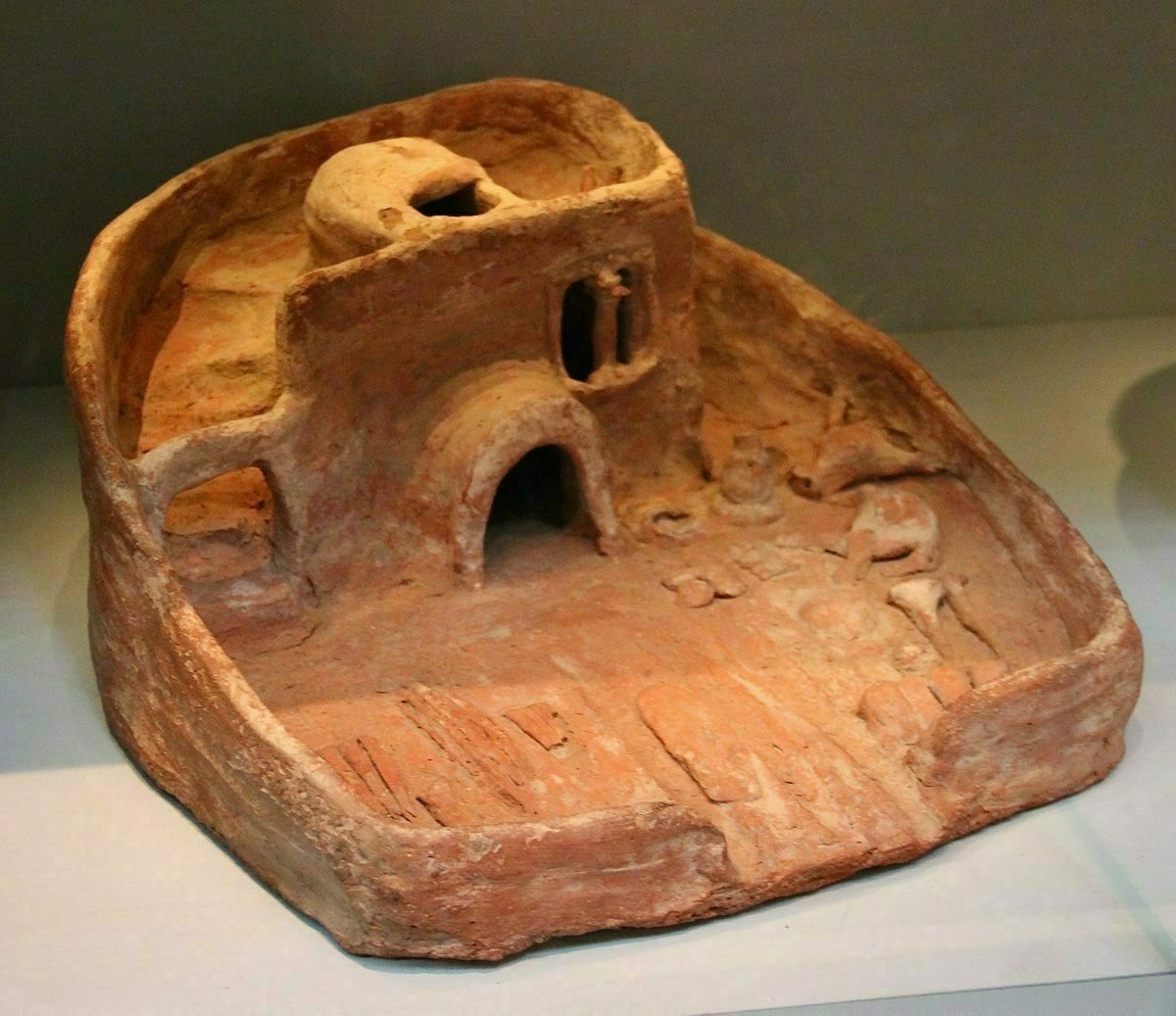Soul houses and false doors
Egyptology is endlessly fascinating to me. I only got to scratch the surface teaching a course called Medicine Through Time as a History teacher fifteen years ago, but it’s something I’ll perhaps return to in my retirement.
I’m not sure which time period you’d like to go and have a look at (not live in, that’s a different thing entirely) but for me it’s Ancient Egypt. It all seems so other-worldly.

The Ancient Egyptians world they inhabited with innumerable otherworldly entities: invisible, yet with immense power. Demons haunted the desert wastes and goddesses dwelled in the marshes of the Nile Delta, but the spirits of the dead were omnipresent. Ancestor worship was an important part of household religion and the belief that the dead could not only be communicated with, but could also use their power to both help and hurt living beings, was an ingrained part of the ancient Egyptian belief system.Source: In Ancient Egypt, Soul Houses and False Doors Connected the Living and the Dead | Atlas Obscura[…]
False doors were a specific type of funerary decoration often found in the tombs of the Egyptian elite during the Old Kingdom, the period more than 4,000 years ago when the Giza pyramids were built. False doors were carved from a single piece of limestone and took the form of a narrow doorway surrounded by inscribed door jambs and surmounted by a lintel. The tomb’s occupant was usually represented seated at a table laden with food offerings: vegetables, fruits, bread, wine, beer, and meats—everything a soul would need to sustain itself in the afterlife. The family members and friends of the deceased could also be immortalized on the false door. These carvings were not portraits, however, but idealized representations. Both men and women were shown in the prime of their life: strong, healthy, vigorous, and fertile.
[…]
False doors were generally the preserve of the extreme elite, those state officials who could afford to hire artists and craftspeople to build their multichambered stone tombs. The vast majority of the population of Egypt had no such resources. But they too required a way to magically pass offerings from the living world to sustain the souls of their ancestors in the afterlife.
In place of stone, they turned to the muddy clay of the Nile, of which there was an abundance. Carefully, they crafted and fired small models of houses complete with courtyards. They filled the courtyards with models of bread and vegetables, grain bins and pots filled with beer. Then they placed these objects, collectively known as soul houses, on top of the graves of their family and friends. The soul houses became imbued with magic and through them, food offerings could pass between the worlds of the living and the worlds of the dead. They are simple objects, but they show that the ordinary ancient Egyptians were every bit as concerned as the social elites with providing for their ancestors in the afterlife.